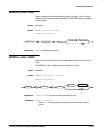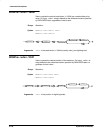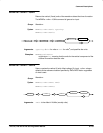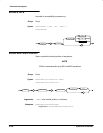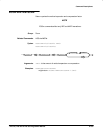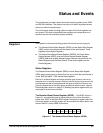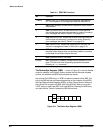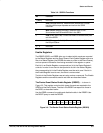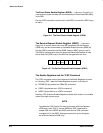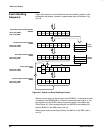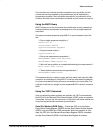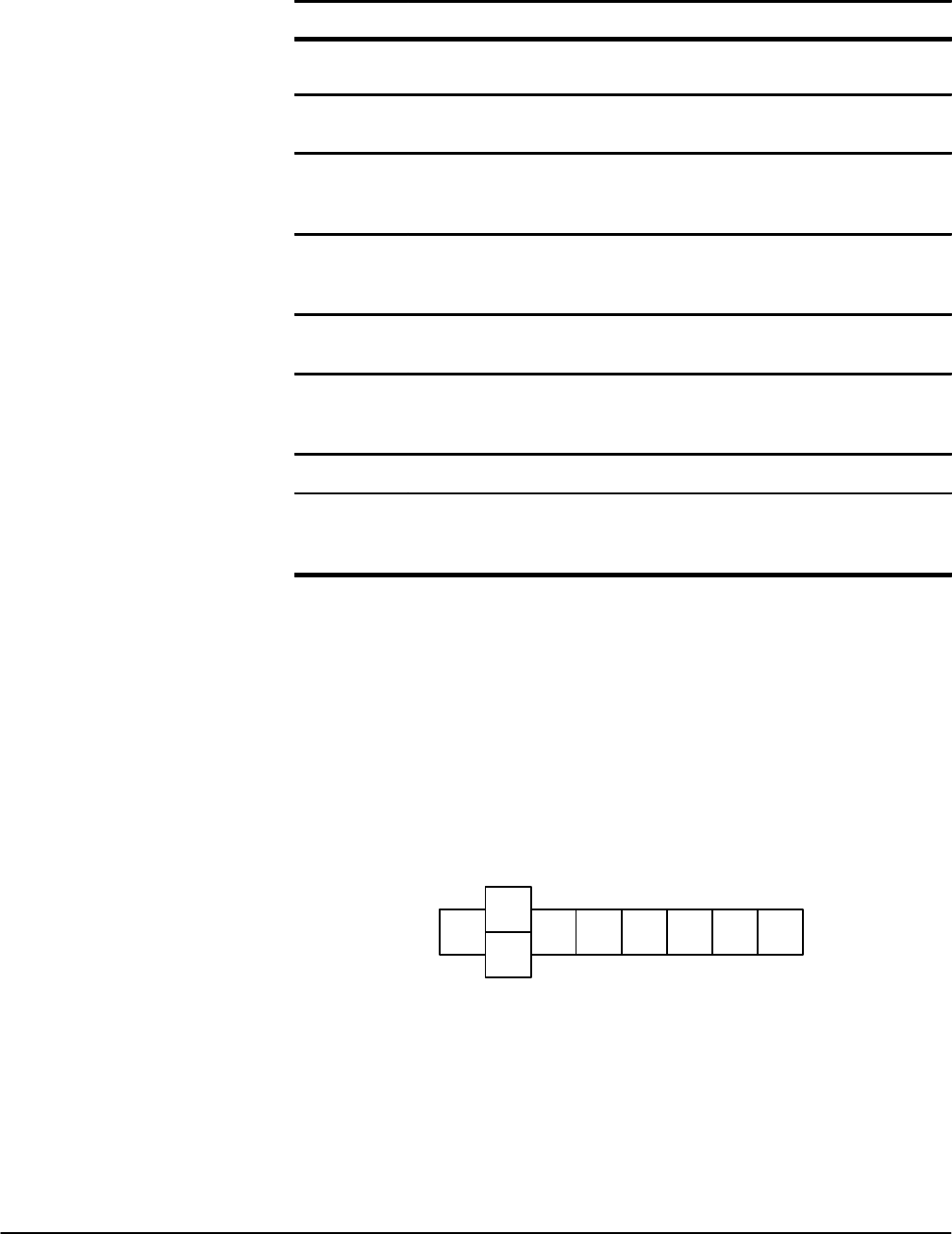
Status and Events
Status and Events
3Ć2
TableĂ3Ć1:ăSESR Bit Functions
Bit
Function
7 (MSB) PON (Power On). Shows that the oscilloscope was powered
on. The completion of the diagnostic tests also sets this bit.
6 URQ (User Request). Shows that an Application menu button
was pressed.
5 CME (Command Error). Shows that an error occurred while
the oscilloscope was parsing a command or query. Command
error messages are listed in Table 3Ć4 on page 3Ć13.
4 EXE (Execution Error). Shows that an error occurred while the
oscilloscope was executing a command or query. Execution
error messages are listed in Table 3Ć5 on page 3Ć14.
3 DDE (Device Error). Shows that a device error occurred. DeĆ
vice error messages are listed in Table 3Ć6 on page 3Ć16.
2 QYE (Query Error). Shows that either an attempt was made to
read the Output Queue when no data was present or pending,
or that data in the Output Queue was lost.
1 RQC (Request Control). Not used.
0 (LSB) OPC (Operation Complete). Shows that the operation is comĆ
plete. This bit is set when all pending operations complete
following a *OPC command.
The Status Byte Register (SBR) Ċ shown in Figure 3Ć2, records whether
output is available in the Output Queue, whether the oscilloscope requests
service, and whether the SESR has recorded any events.
Use a Serial Poll (GPIB only) or *STB? to read the contents of the SBR. The
bits in the SBR are set and cleared depending on the contents of the SESR,
the Event Status Enable Register (ESER), and the Output Queue. When you
use a Serial Poll to obtain the SBR, bit 6 is the RQS bit. When you use the
*STB? query to obtain the SBR, bit 6 is the MSS bit. Reading the SBR does
not clear the bits. Table 3Ć2 shows the SBR bit functions.
Ċ
RQS
ESB MAV Ċ Ċ Ċ Ċ
MSS
7
6
543210
6
Figure 3Ć2:ăThe Status Byte Register (SBR)



